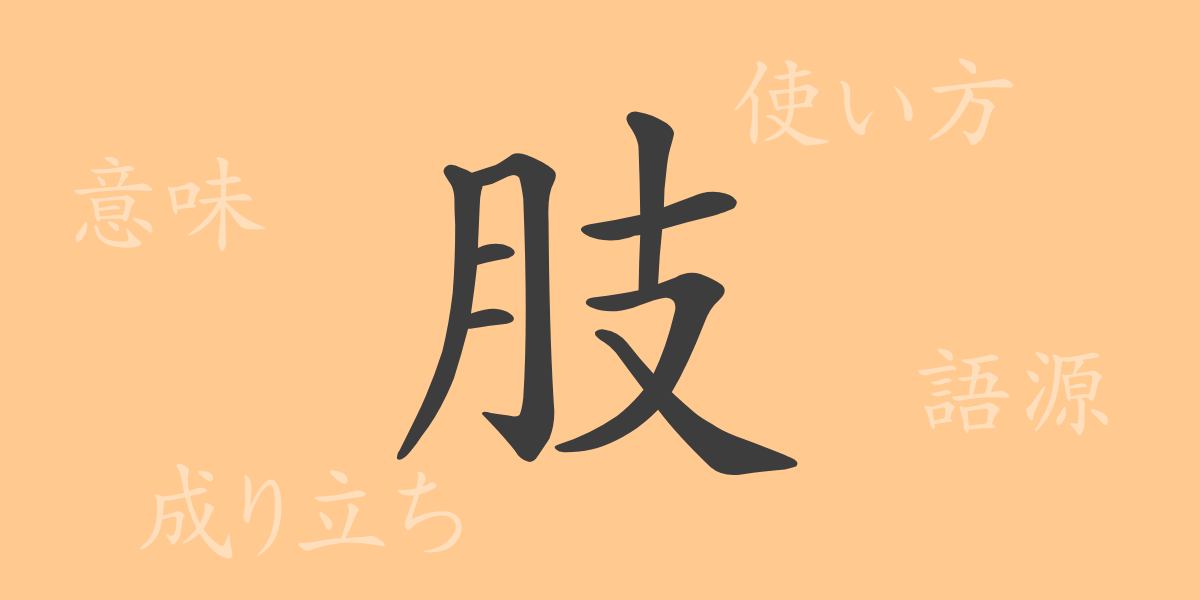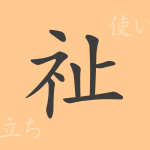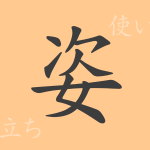In Japanese written language, many kanji characters are used, and among them, “肢(し)” is a commonly used character that refers to a part of the body. In this article, we focus on the kanji “肢(し)” and delve into its origin, meaning, usage, and even explore idioms and phrases that use this character. We aim to fully convey the charm of “肢(し)” as a common kanji in Japanese.
Origin of 肢(し)
The kanji “肢(し)” originated in ancient China, with its shape representing a human elbow or arm. Initially used as a pictograph to signify a part of the body, it later came to represent the abstract concept of limbs. The character “肢(し)” has been important since ancient times as an element constituting the human body.
Meaning and Usage of 肢(し)
The kanji “肢(し)” refers to parts of the human or animal body, particularly the “arms” and “legs,” or the four limbs. This character is frequently used in medical and anatomical terms, and it is also used metaphorically. For example, the phrase “社会の肢(しゃかいのし)” (limb of society) means a member or part of society.
Readings, Stroke Count, and Radical of 肢(し)
Here are the basic details about the kanji “肢(し)”:
- Reading: The on’yomi (音読み) reading is “シ(shi),” and there is no kun’yomi (訓読み) reading.
- Stroke count: The kanji “肢(し)” has a total of 8 strokes.
- Radical: The radical is “肉(にくづき)” which means “flesh.”
Idioms, Phrases, and Proverbs Using 肢(し)
There are many idioms and phrases that include the kanji “肢(し).” Here are a few examples:
- 「四肢(しし)」 – Refers to the arms and legs of humans or animals.
- 「肢体(したい)」 – Refers to a part of the body, especially the limbs.
- 「肢別(しべつ)」 – Means classification or distinction.
- 「枝肢(しし)」 – Refers to branched tree limbs or human limbs.
These idioms and phrases are frequently used in everyday life and specialized contexts.
Conclusion on 肢(し)
The kanji “肢(し)” evokes the image of human limbs, as indicated by its shape. This character is used not only to represent parts of the body but also as a metaphor for parts of society, among other uses. “肢(し)” plays an important role in both daily life and in fields such as medicine and literature. Why not take another look at this kanji, which has simple yet profound meanings?

























